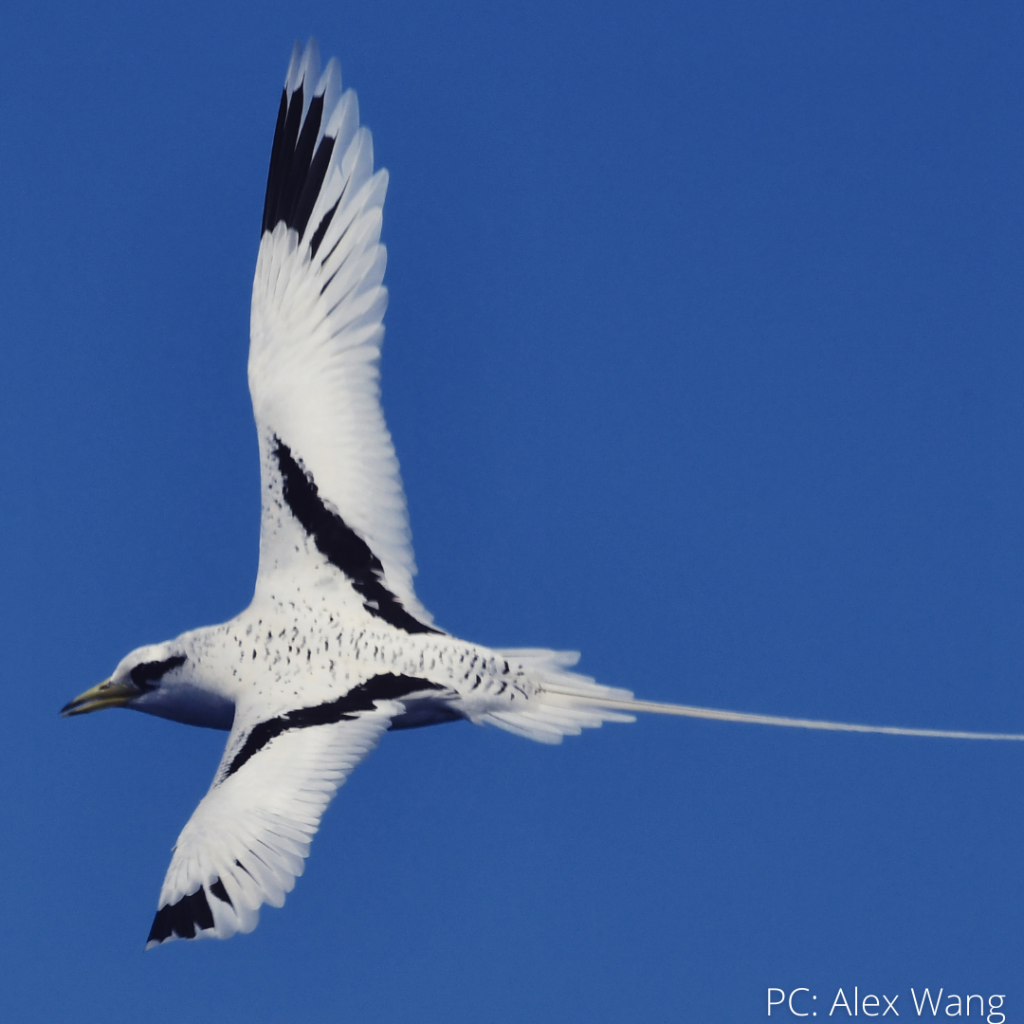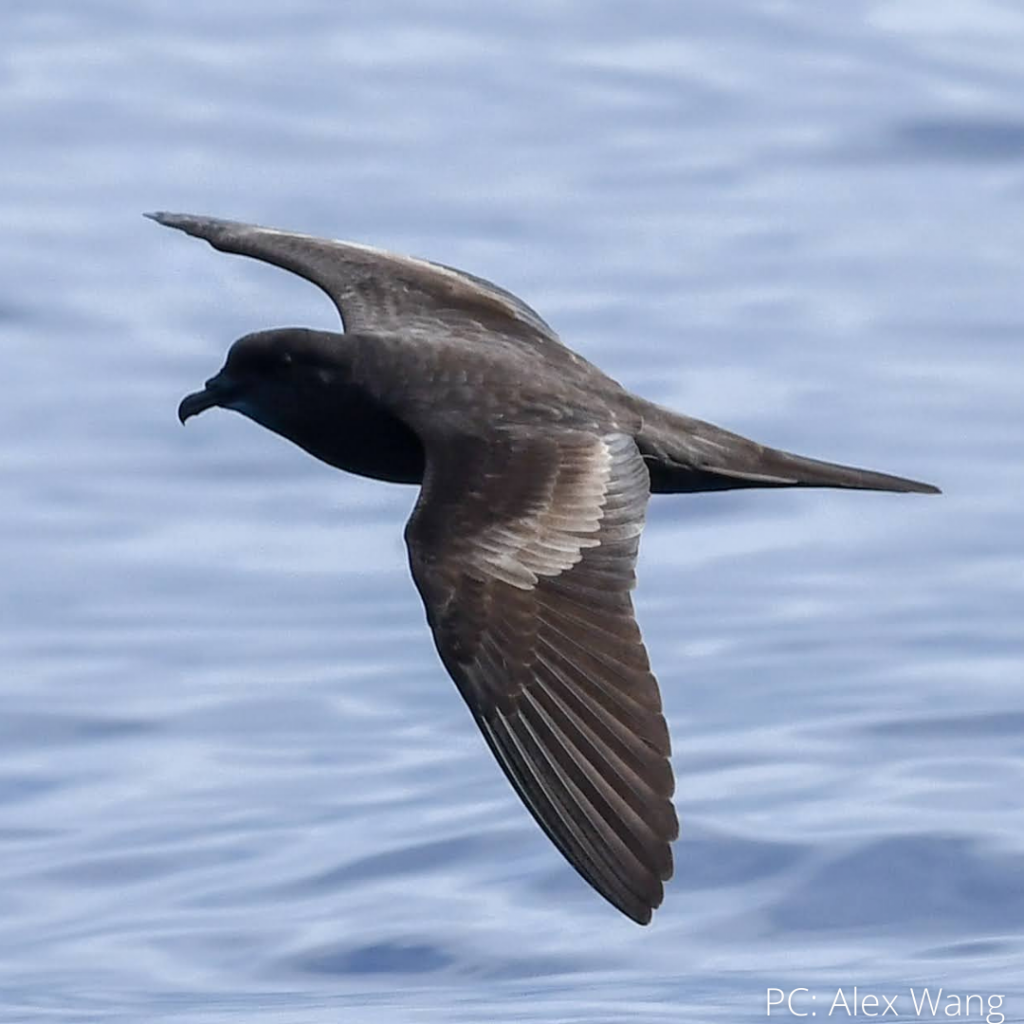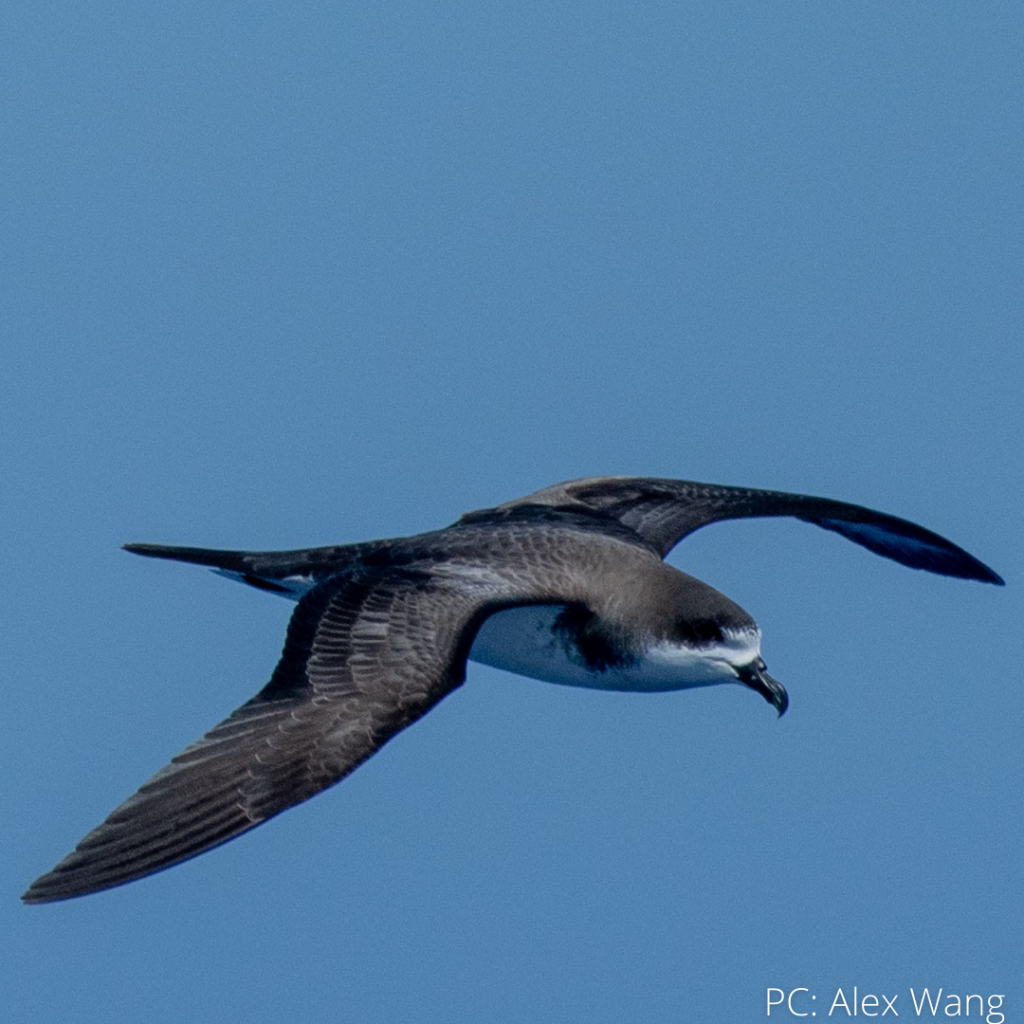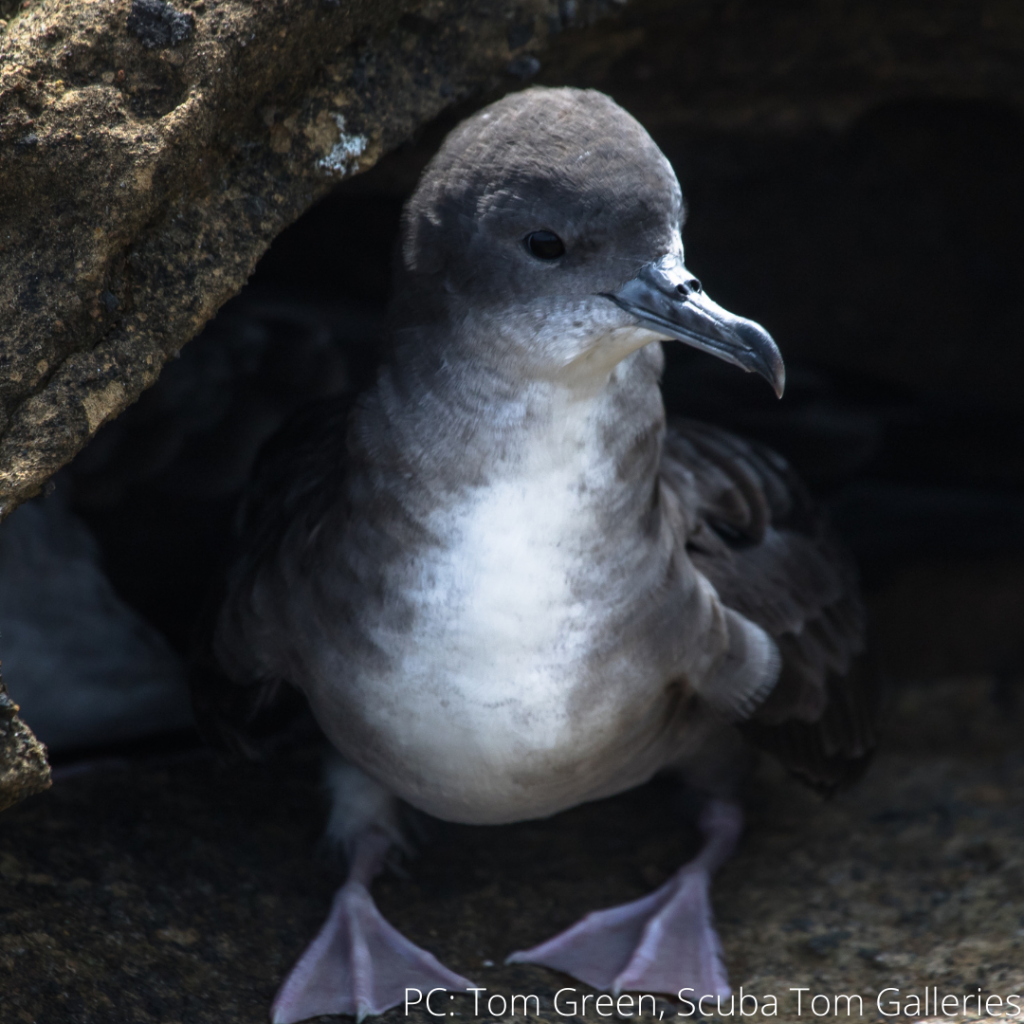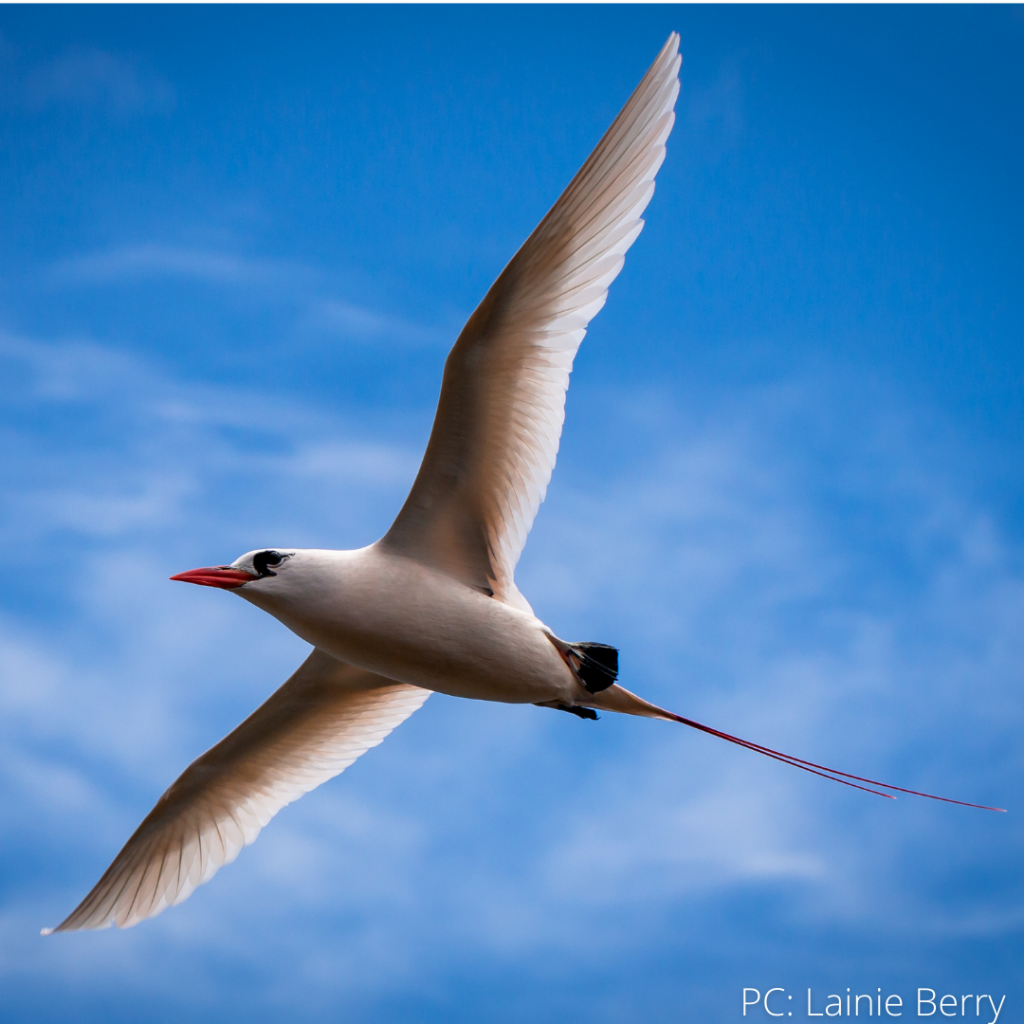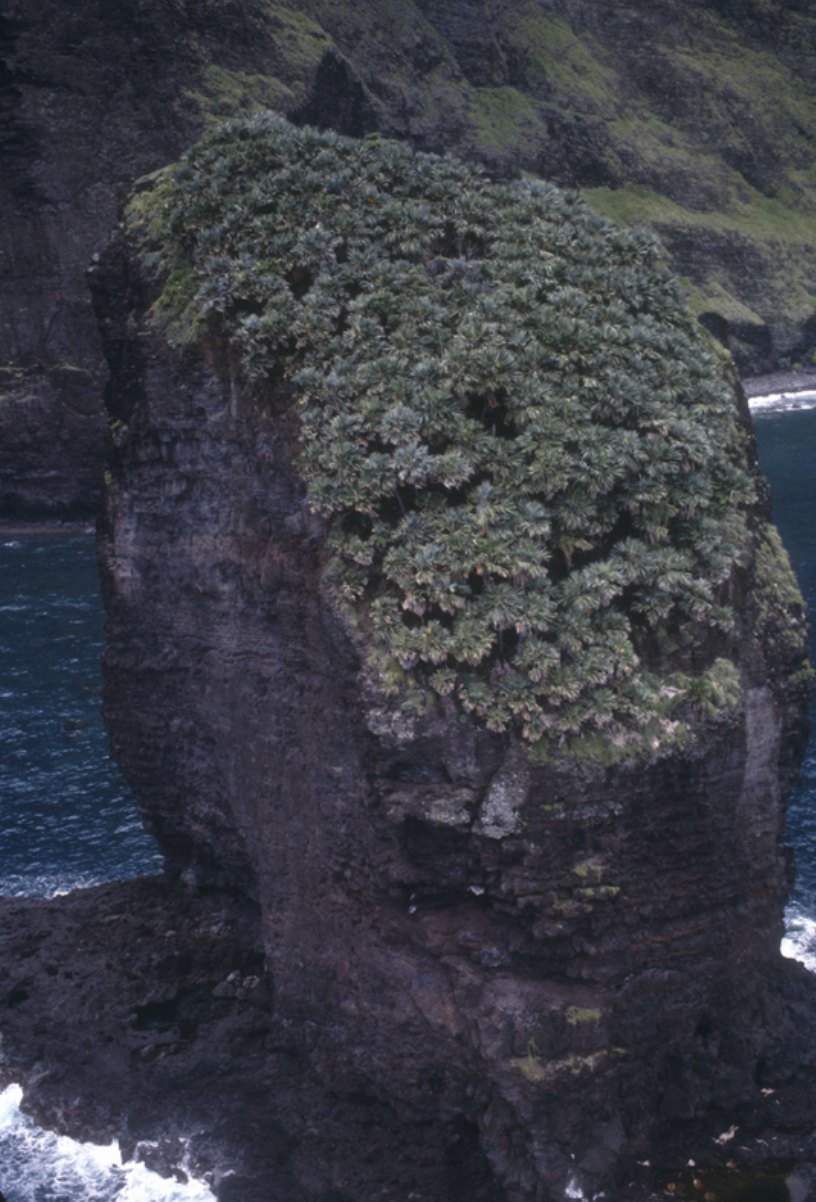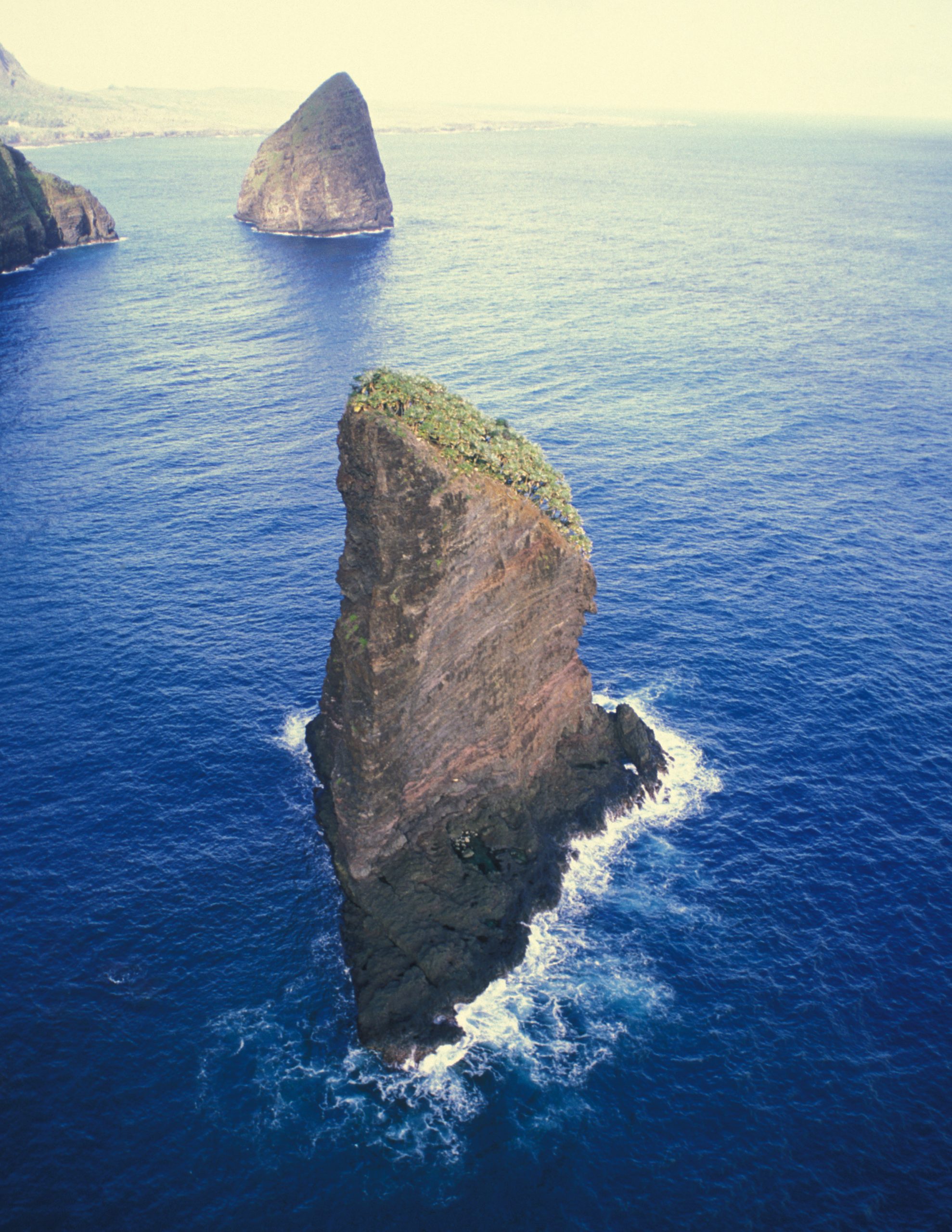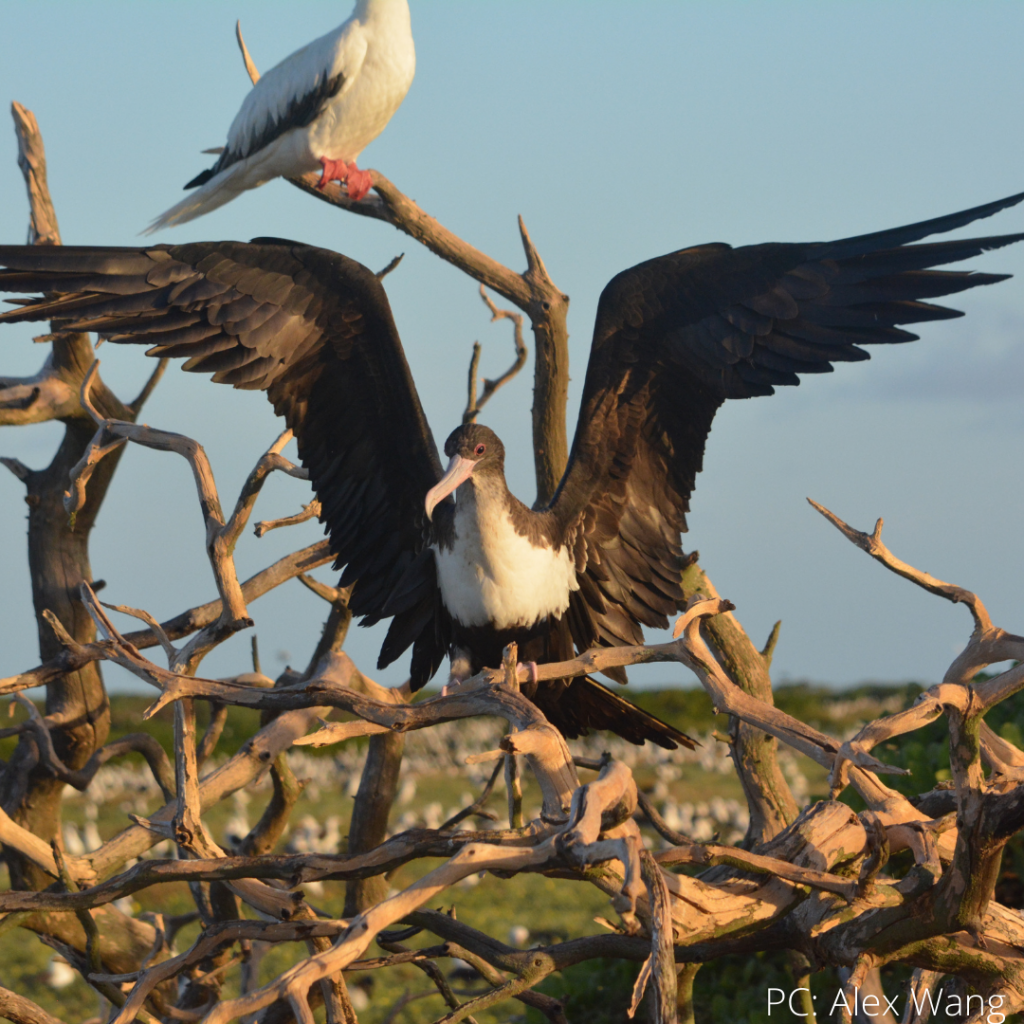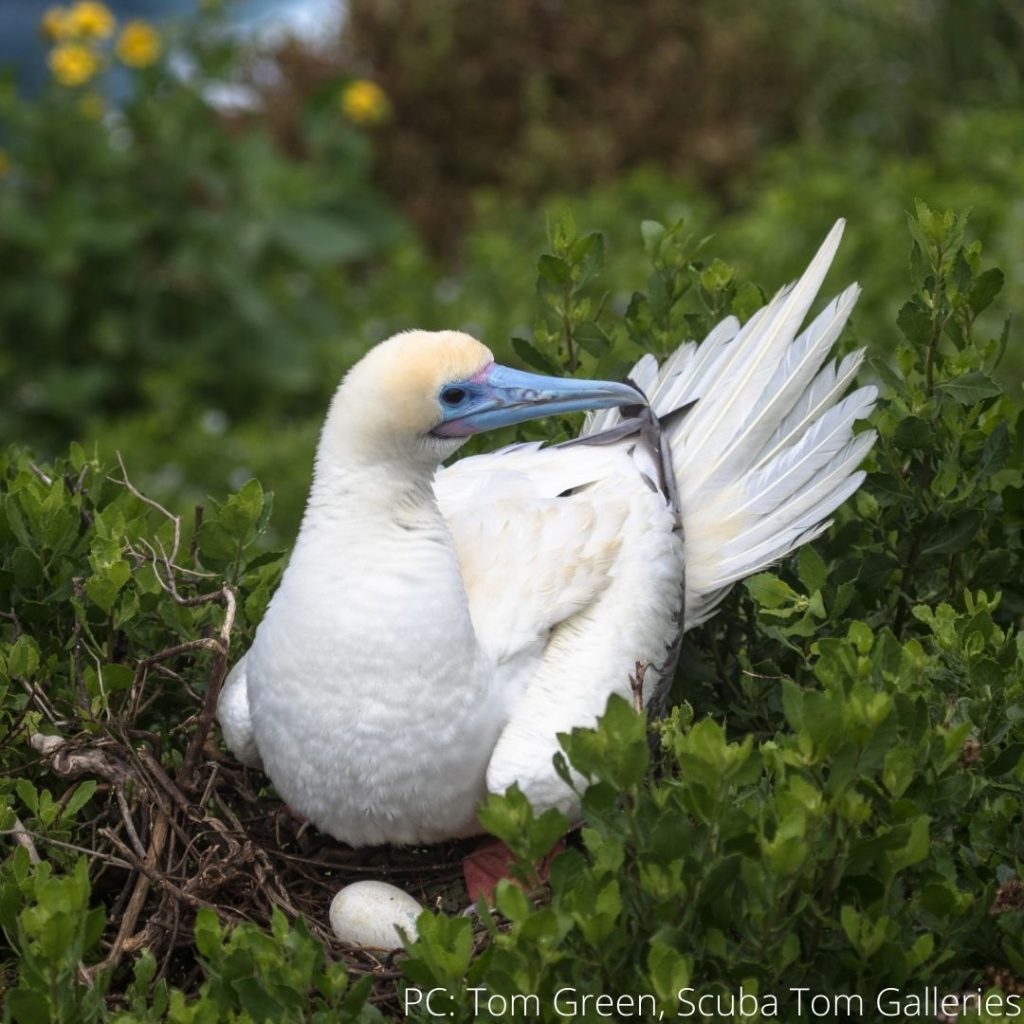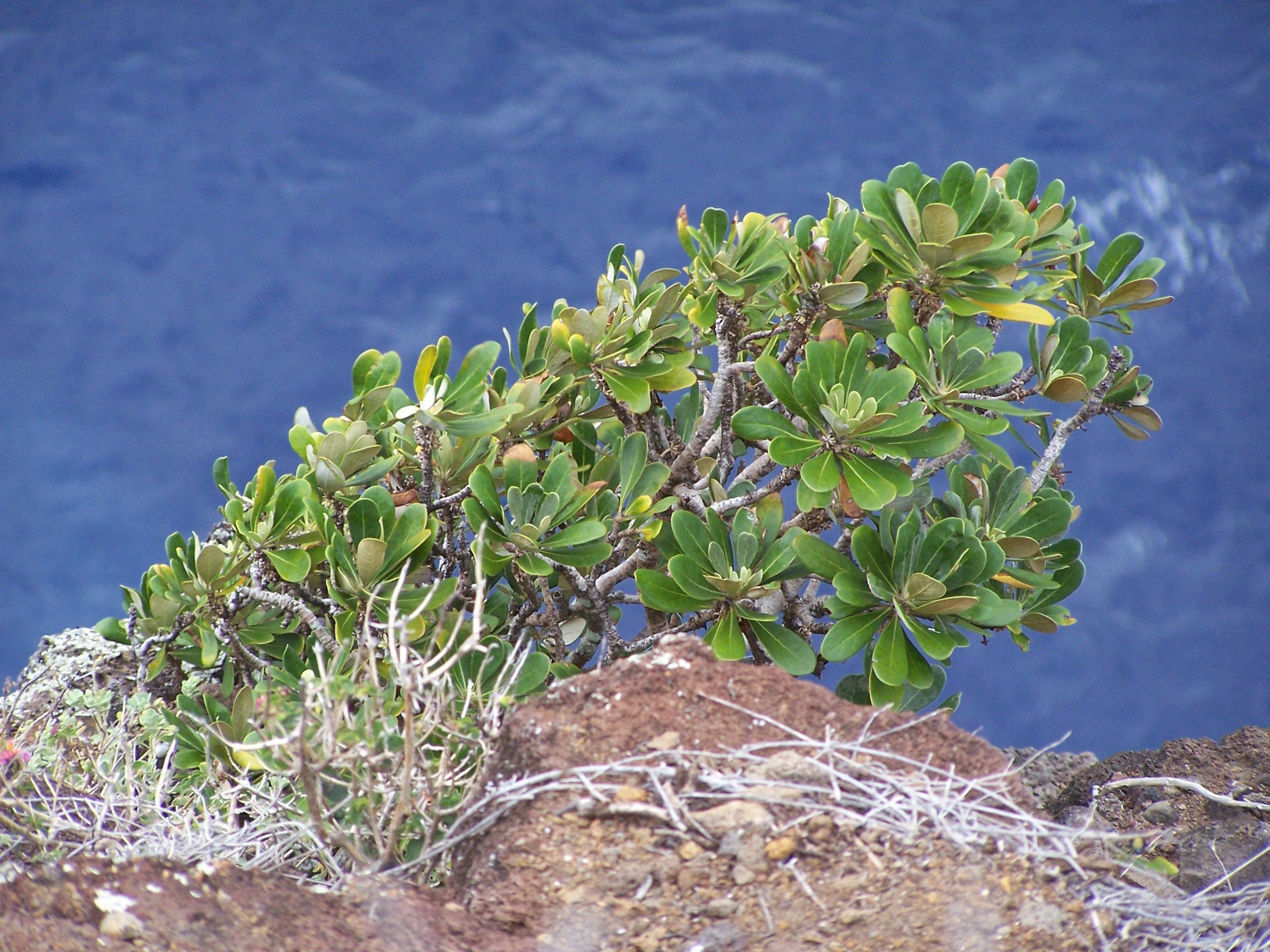Molokaʻi Offshore Islet Seabird Sanctuaries
Table of Contents
- Mokuhoʻoniki Islet Seabird Sanctuary
- Kanahā Rock Islet Seabird Sanctuary
- Mokumanu Islet Seabird Sanctuary
- Huelo Islet Seabird Sanctuary
- Okala Islet Seabird Sanctuary
- Mokapu Islet Seabird Sanctuary
Mokuhoʻoniki Islet Seabird Sanctuary
Description
Mokuhoʻoniki Islet Seabird Sanctuary is a 10-acre islet off the coast of East Molokaʻi. This islet is also nearby another seabird sanctuary, Kanaha Rock Islet Seabird Sanctuary. Mokuhoʻoniki Islet is one of six seabird sanctuary islets managed by the Division of Forestry and Wildlife. Mokuhoʻoniki also goes by the nickname “Elephant Island” due to its resemblance to an elephant from an aerial view. Due to its status as a seabird sanctuary, this islet is closed to the public.
Mokuhoʻoniki Islet is home to roughly 31 plant species, nine of which are endemic. This islet also protects four different seabird species such as: Koaʻe ʻUla (Red-tailed Tropic Bird), ʻOu (Bulwer’s Petrel), ʻUaʻu (Hawaiian Dark-Rumped Petrel), ʻUaʻu Kani (Wedge-Tailed Shearwater).
Activities
None.
Permits & Rules
- This sanctuary is CLOSED, per administrative rules Chapter 126 (Wildlife Sanctuaries).
- Commercial activities are prohibited.
- Other activities (like scientific research, conservation management, or subsistence, traditional, and customary practices by Native Hawaiians consistent with the long-term preservation of the wildlife sanctuary resources) may be possible with a permit. Individuals interested in permits should review the detailed information on our Permits & Guidelines page and contact their local DOFAW office.
Some Native Plants & Animals
These are examples of native species associated with this site. This is not intended to be a comprehensive species inventory.
Kanahā Rock Islet Seabird Sanctuary
Description
Kanahā Rock Islet Seabird Sanctuary is a 1-acre islet off the coast of east Molokaʻi. This islet used to be connected to Mokuhoʻoniki Islet. Kanahā Rock Islet is one of six islets distinguished as a seabird sanctuary and is managed by the Division of Forestry and Widlife (DOFAW). Kanahā Rock is home to 29 plant species, 9 of which are endemic to the state. The ʻUaʻu Kani (Wedge-tailed Shearwater) also inhabits this islet as the main and only seabird on Kanahā Rock. Due to its status as a seabird sanctuary, Kanahā Rock Islet is closed to the public.
Activities
None.
Permits & Rules
- This sanctuary is CLOSED, per administrative rules Chapter 126 (Wildlife Sanctuaries).
- Commercial activities are prohibited.
- Other activities (like scientific research, conservation management, or subsistence, traditional, and customary practices by Native Hawaiians consistent with the long-term preservation of the wildlife sanctuary resources) may be possible with a permit. Individuals interested in permits should review the detailed information on our Permits & Guidelines page and contact their local DOFAW office.
Some Native Plants & Animals
These are examples of native species associated with this site. This is not intended to be a comprehensive species inventory.
|
|
Mokumanu Islet Seabird Sanctuary
Description
Mokumanu Seabird Sanctuary is a 1-acre off the shore of Pelekunu Bay on Molokaʻi. Mokumanu islet is one of six islets that is protected as a seabird sanctuary and managed by the Division of Forestry and Wildlife (DOFAW). Mokumanu Islet is inhabited by 17 plant species, 5 of which are endemic. The main seabird that inhabits Mokumanu islet is Koaʻeʻula (Red-tailed Tropicbird). Due to its status as a seabird sanctuary, Mokumanu islet is closed to the public.
Activities
None
Permits & Rules
- This sanctuary is CLOSED, per administrative rules Chapter 126 (Wildlife Sanctuaries).
- Commercial activities are prohibited.
- Other activities (like scientific research, conservation management, or subsistence, traditional, and customary practices by Native Hawaiians consistent with the long-term preservation of the wildlife sanctuary resources) may be possible with a permit. Individuals interested in permits should review the detailed information on our Permits & Guidelines page and contact their local DOFAW office.
Some Native Plants & Animals
These are examples of native species associated with this site. This is not intended to be a comprehensive species inventory.
Huelo Islet Seabird Sanctuary
Description
Huelo Islet Seabird Sanctuary is a small 1-acre islet off the coast of Molokaʻi near Kalawao. This islet is roughly 197-feet in elevation. Huelo Islet is considered one of the most botanically significant islet in the Hawaiian chain, being home to roughly 42 plant species (16 of which are endemic).
Huelo Islet is one of six seabird sanctuary islets around the island of Molokaʻi. The primary seabird that calls this islet home is the ʻUaʻu Kani (Wedge-tailed Shearwater). Due to its status as a seabird sanctuary, Huelo islet is closed to the public.
Activities
None
Permits & Rules
- This sanctuary is CLOSED, per administrative rules Chapter 126 (Wildlife Sanctuaries).
- Commercial activities are prohibited.
- Other activities (like scientific research, conservation management, or subsistence, traditional, and customary practices by Native Hawaiians consistent with the long-term preservation of the wildlife sanctuary resources) may be possible with a permit. Individuals interested in permits should review the detailed information on our Permits & Guidelines page and contact their local DOFAW office.
Some Native Plants & Animals
These are examples of native species associated with this site. This is not intended to be a comprehensive species inventory.
|
|
Photos
Okala Islet Seabird Sanctuary
Description
Okala Islet Seabird Sanctuary is a 5-acre islet off the coast of Moloka’i near Kalawao. Okala Islet Seabird Sanctuary is one of six seabird sanctuary islets that is protected by the Division of Forestry and Wildlife (DOFAW) around Moloka’i. Okala islet is also the tallest of the Moloka’i islets at 394-feet of elevation. As a result, early Hawaiians living near the peninsula would often swim out to Okala islet to jump off of. Okala islet is home to around 59 plant species, 15 of which are endemic. The vegetation is on the islet is primarily a mixed native shrubland. Now due to its’ status as a seabird sanctuary, Okala islet is closed to the public.
Activities
None.
Permits & Rules
- This sanctuary is CLOSED, per administrative rules Chapter 126 (Wildlife Sanctuaries).
- Commercial activities are prohibited.
- Other activities (like scientific research, conservation management, or subsistence, traditional, and customary practices by Native Hawaiians consistent with the long-term preservation of the wildlife sanctuary resources) may be possible with a permit. Individuals interested in permits should review the detailed information on our Permits & Guidelines page and contact their local DOFAW office.
Some Native Plants & Animals
Plant & animal information for our DOFAW-managed areas will be coming soon.
Mokapu Islet Seabird Sanctuary
Description
Mokapu Islet Seabird Sanctuary is an 11-acre islet on the north side of Molokaʻi off the coast of Kalawao. This islet is also in close proximity to Okala Islet Seabird Sanctuary and Huelo Islet Seabird Sanctuary. This small islet is 360 feet above sea level and provides one of the best native coastal plant habitats in the state as a home to 29 different native plant species. Not only is Mokapu islet home to these 29 native plant species, but it is also a habitat to many seabird species such as: Iwa (Great Frigatebird), Noio (Black Noddy), Koaʻeʻkea (White-tailed Tropicbird), Koaʻe’ʻula (Red-tailed Tropicbird), ʻOu (Bulwer’s Petrel), ʻUaʻu Kani (Wedge-tailed Shearwater), and ʻA (Red-footed Booby). As a result, this islet is recognized as a seabird sanctuary and is closed to the public.
Activities
None
Permits & Rules
- This sanctuary is CLOSED, per administrative rules Chapter 126 (Wildlife Sanctuaries).
- Commercial activities are prohibited.
- Other activities (like scientific research, conservation management, or subsistence, traditional, and customary practices by Native Hawaiians consistent with the long-term preservation of the wildlife sanctuary resources) may be possible with a permit. Individuals interested in permits should review the detailed information on our Permits & Guidelines page and contact their local DOFAW office.
Some Native Plants & Animals
These are examples of native species associated with this site. This is not intended to be a comprehensive species inventory.
|
|



